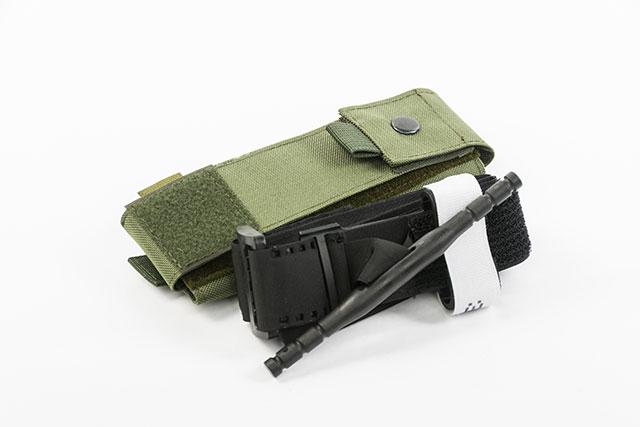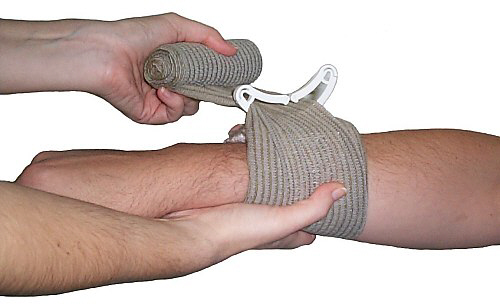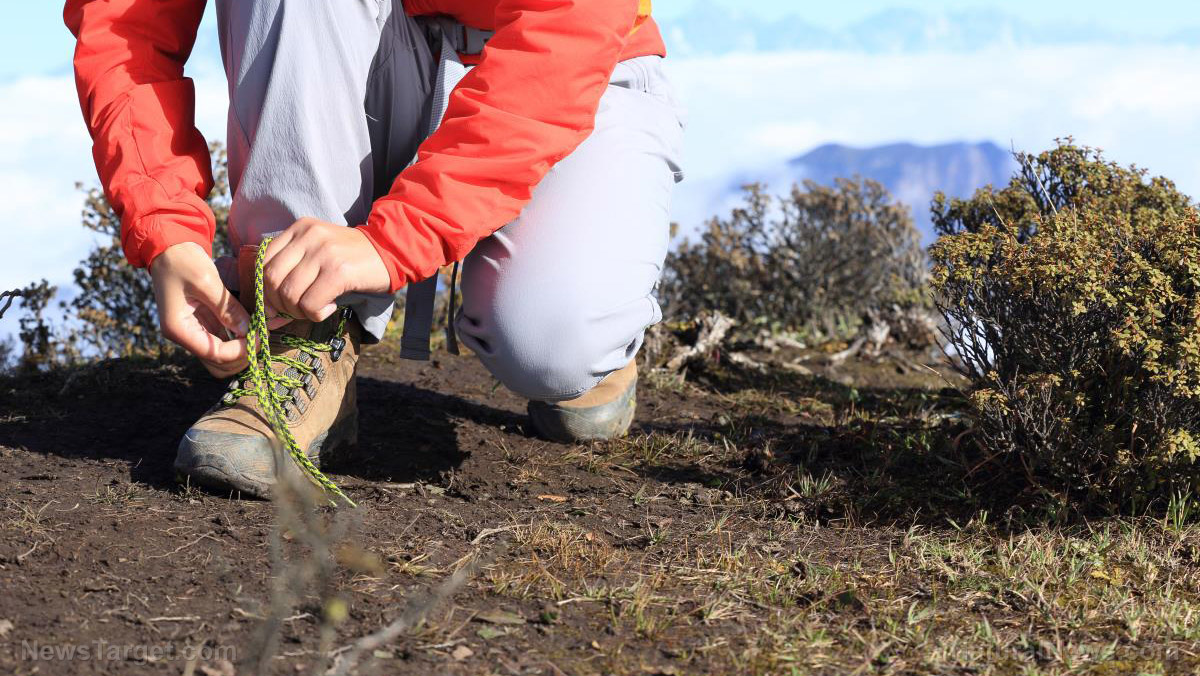Tourniquet practice proven to improve survival in civilian trauma victims
06/18/2018 / By Edsel Cook

Tourniquets are finally getting some good press, an article in News Wise stated. A newly published study showed that a properly fitted tourniquet can increase the chances of survival for a civilian victim who has suffered traumatic injuries.
The technique was originally developed to stop wounded soldiers from bleeding to death. It was one of the many practices taken up by civilian trauma medicine, but eventually fell out of favor with practitioners from both camps.
Other studies have looked at the efficacy of civilian use of tourniquets. However, the University of Texas at Austin (UT Austin) study is the first to investigate the survival benefits conferred by the practice.
Dr. Pedro Teixeira is a trauma surgeon who served as the lead author of the study. He remarked that tourniquets became unpopular during the World Wars and the Korean War due to a misconception.
During those conflicts, the use of tourniquets was reputed to cause gangrene and other dangerous complications in injured soldiers. Teixeira said the problem didn’t stem from the technique, but because the tourniquets were not removed in a timely fashion. (Related: A prepper’s guide to applying and storing a tourniquet.)
Tourniquets shown to save lives and limbs of soldiers and civilians
Modern-day practitioners have learned to use tourniquets with greater finesse. Teixeira shared the lessons learned from recent conflicts, where medics quickly put tourniquets on injured soldiers and removed the bindings at the right time for proper treatment. When used correctly, tourniquets saved the lives of many soldiers who might have bled to death.
These lessons were reflected in the recent UT Austin research study. Conducted by the Texas Tourniquet Study Group, it involved 1,026 Texans who suffered severe injuries to the blood vessels in their arms and legs from 2011 to 2016.
All the participants had been rushed to Level 1 trauma centers, which handled the worst cases of physical trauma. First aid responders applied pre-hospital tourniquets on 17.6 percent of the patients.
Furthermore, each of the 11 trauma centers showed different rates of tourniquet usage, ranging from 1.4 percent to 62 percent of the patients.
More than nine percent of the participants underwent amputations. Of the amputees, 35.7 percent received a tourniquet at some point of the treatment.
Only 2.9 percent of the amputation patients who got tourniquets died during the treatment. The mortality rate for those who didn’t receive such treatment was much higher – at 7.9 percent. Furthermore, the odds of death for the non-tourniquet group measured nearly six times that of the tourniquet recipients.
Tourniquets are slowly making a comeback to save lives
Teixeira said civilian victims of vehicular accidents, pedestrian-car accidents, stab wounds, and gunshot wounds would greatly benefit from the application of a tourniquet. A tourniquet could stanch the bleeding long enough for the patient to make it to a trauma center and undergo proper treatment.
Tourniquets must be applied to the injured limb as soon as possible. Teixeira said the first person to arrive at such an accident should immediately perform the technique in order to ensure the best chance of survival for the patient.
Organizations like the American College of Surgeons have called for civilians to use tourniquets more often. In 2015, the Stop the Bleed campaign started, teaching people about practices that can help stop severe bleeding.
“The idea is that the same way that we have defibrillators in public spaces for patients that have a cardiac arrest, we would have bleeding control kits in public spaces too, allowing for tourniquet application by someone who has had minimal training for a patient that has an injury resulting in bleeding from a limb,” explained Teixeira.
You can read more articles about other first aid treatments at EmergencyMedicine.news.
Sources include:
Tagged Under: accidents, amputation, amputee, bleeding, civilian victims, emergency, emergency medicine, first aid, Gear, injuries, soldiers, survival, survivor, tourniquet, trauma, wounded



















